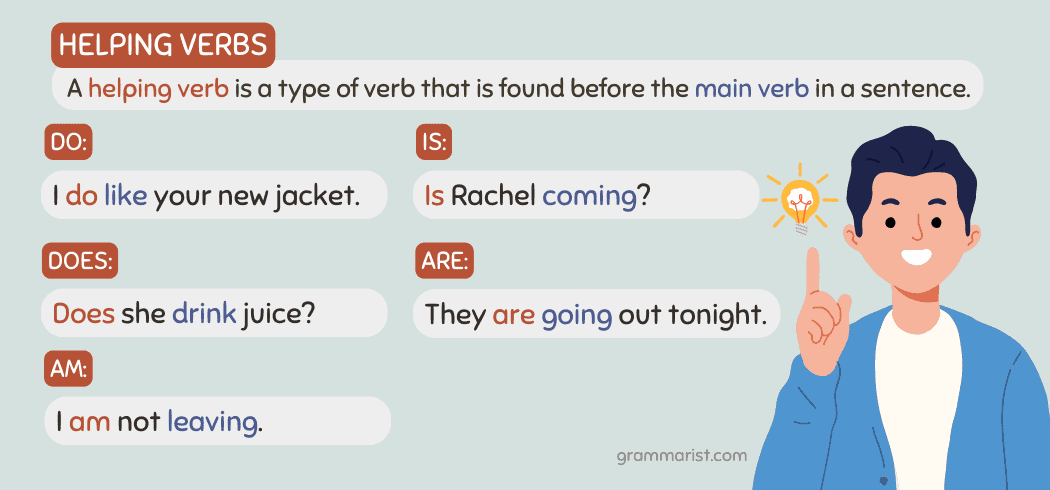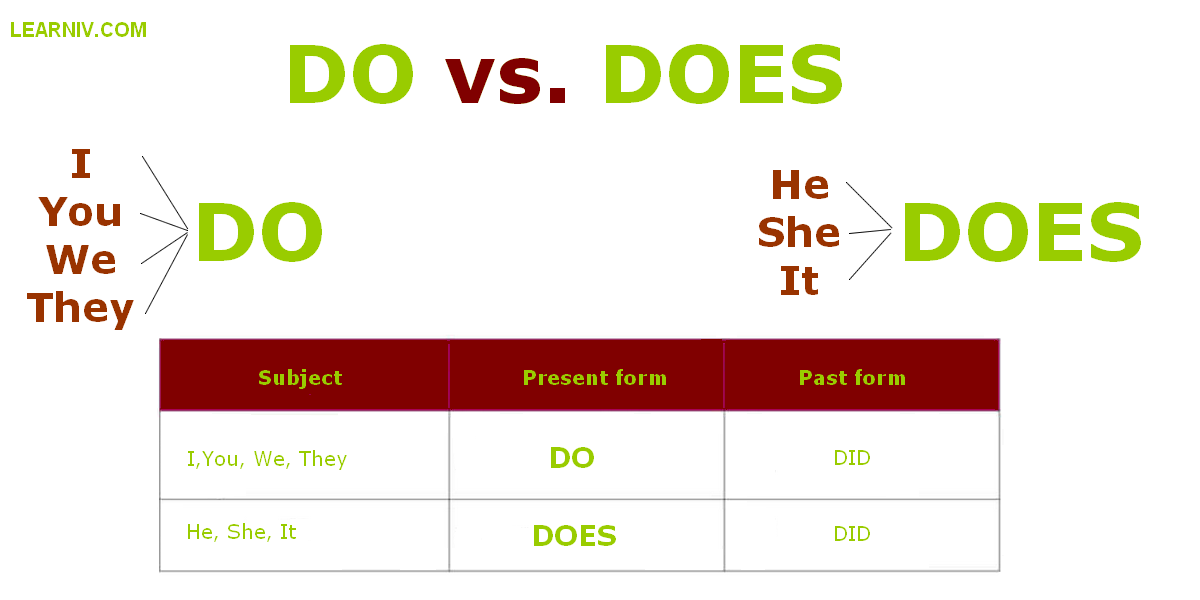How Certain Arts Rely on Appropriation from Other Art Forms: History, Examples, and Guidance
Introduction: The Role of Appropriation Across the Arts
Appropriation-the act of borrowing, reusing, or transforming elements from other works or cultural traditions-has been a defining force in the evolution of the arts. While all creative disciplines draw inspiration from existing sources, some forms are especially known for appropriating from others, sparking innovation, controversy, and complex discussions about originality and ethics. This article examines which arts appropriate the most from other arts, provides historical and contemporary examples, and offers practical guidance for both creators and audiences.
Understanding Appropriation: Definition and Historical Context
In the arts, appropriation refers to the use of pre-existing objects, images, styles, or even entire concepts, often with little or no transformation, to create new works or meanings. This practice is not new-artists have borrowed from each other for millennia. For example, Roman sculptors routinely copied Greek originals, and Renaissance masters like Michelangelo and Raphael studied and emulated classical works [1] .
The modern strategy of appropriation emerged distinctly in the early 20th century with movements such as Dada and Surrealism. Marcel Duchamp’s “readymades”-ordinary objects recontextualized as art-challenged traditional notions of authorship and originality. This shift set the stage for later generations to explore and contest the boundaries between homage, reinterpretation, and plagiarism [1] .
Which Arts Appropriate the Most from Other Arts?
While all artistic disciplines engage in appropriation, some are particularly reliant on borrowing from others:
Visual Arts: The Epicenter of Appropriation
The visual arts -including painting, sculpture, photography, and mixed-media-are widely recognized as the domain where appropriation is most prevalent and influential. From Duchamp’s urinal to Andy Warhol’s silkscreens of Campbell’s Soup cans and celebrity portraits, visual artists have consistently borrowed, transformed, and recontextualized pre-existing imagery and styles. Appropriation in the visual arts frequently involves direct quotations, collage, photomontage, and the use of found objects-often with the intent of commenting on the original work’s meaning or cultural context [1] , [2] , [4] .
Contemporary artists like Sherrie Levine, who re-photographed Walker Evans’ iconic images, and Barbara Kruger, who overlays text onto mass-media imagery, have used appropriation to critique issues of authorship, gender, and media power. Appropriation is especially visible in postmodern art, where the boundaries between original and derivative are deliberately blurred [2] .
Fashion: Fusion and Cultural Borrowing
The fashion industry is another major appropriator, regularly drawing on aesthetics, patterns, and motifs from other art forms and global cultures. Designers often reinterpret visual art, music, and traditional dress, sometimes sparking debates about cultural appropriation versus appreciation. Runway collections may feature prints inspired by famous paintings or motifs from minority cultures. This practice can introduce new audiences to artistic traditions, but it can also risk erasing original contexts or perpetuating stereotypes if not handled sensitively [3] .
Music: Remixing and Sampling
Music
-especially contemporary genres such as hip-hop, electronic, and pop-heavily relies on appropriation through
sampling
, remixing, and covering. Artists often borrow melodies, rhythms, lyrics, or even direct recordings from earlier works, transforming them into new compositions. While this has fueled innovation and cross-genre creativity, it has also led to legal and ethical debates around copyright, compensation, and cultural respect.
To explore legal guidance on music sampling and copyright, you can visit the official U.S. Copyright Office website or search for “music copyright sampling guidance” using reputable music industry resources.
Theater, Film, and Literature: Adaptation as Appropriation
Theater and film frequently appropriate from literature, visual arts, and each other. Adaptations, remakes, and parodies are central to these forms. For instance, Shakespeare’s plays have been reinterpreted across countless media, and classic novels are regularly adapted for stage and screen. In literature, postmodern writers often incorporate pastiche-blending styles, genres, or direct quotations from other works-further blurring the line between homage and appropriation.
Ethical Considerations and Cultural Appropriation
Not all appropriation is viewed equally. The question of when borrowing becomes unethical, exploitative, or disrespectful-especially regarding cultural appropriation -is hotly debated. Cultural appropriation involves taking elements from a culture, often one that has been historically marginalized, without understanding or honoring its significance. While some argue that all art is inherently a fusion of influences, others emphasize the need for context, credit, and sensitivity [3] .
Artists and organizations can navigate these challenges by:

Source: studiobinder.com
- Researching the origins and significance of borrowed material
- Consulting with cultural representatives or experts when drawing from traditions outside one’s own
- Providing clear credit and context for inspirations or source material
- Reflecting on the power dynamics involved in borrowing from marginalized groups
When in doubt, artists are encouraged to seek guidance from established organizations or academic institutions with expertise in cultural policy and ethics.
How to Ethically Engage with Appropriation in the Arts: Step-by-Step Guidance
- Identify Your Sources: Begin by thoroughly researching any works, styles, or cultural elements you intend to appropriate. Consider the historical, social, and cultural contexts.
- Seek Permission or Consultation: For copyrighted material or sensitive cultural symbols, seek formal permission or consult with knowledgeable representatives. For legal advice on copyright, refer to the U.S. Copyright Office or a qualified intellectual property attorney.
- Credit Your Influences: Transparently acknowledge all sources and inspirations in your work, exhibition materials, or publications.
- Reflect on Intent and Impact: Consider whether your work adds new meaning, respects the source, or risks perpetuating stereotypes or harm.
- Stay Informed on Best Practices: Engage with current debates and guidelines from arts organizations, academic institutions, and advocacy groups. Many museums and cultural bodies offer resources on ethical appropriation.
Alternative Approaches to Appropriation
There are ways to honor and draw from other arts without crossing ethical lines:
- Collaborate with artists from the source tradition to create hybrid works
- Commission original contributions rather than replicating existing motifs or styles
- Use appropriation as a tool for critical commentary, rather than mere aesthetic borrowing
- Develop educational programs that contextualize and explain borrowed elements
Artists, curators, and educators can find sample policies and case studies through leading museum websites, academic journals, or by contacting professional arts organizations for current best practices.
Key Takeaways and Next Steps
Appropriation is a powerful driver of creativity and dialogue in the arts, with the visual arts, fashion, and music among the most active appropriators. While borrowing and transformation are central to artistic growth, creators and audiences must remain vigilant about the ethical implications, especially when engaging with cultural traditions beyond their own. By researching, crediting, and consulting as needed, artists can strike a balance between inspiration and respect.

Source: easyreader.org
To learn more about responsible appropriation practices, consider attending workshops through local museums, enrolling in courses offered by reputable universities, or joining professional arts associations that provide up-to-date resources and guidance.
References
- [1] America’s Collection (2024). Appropriation in the Visual Arts: A Historical and Contemporary Exploration.
- [2] Inquiries Journal (2011). Appropriation in Contemporary Art.
- [3] Open to Debate (2023). Should Artists Be Allowed to Borrow from Cultures Besides Their Own?
- [4] Wikipedia (2004). Appropriation (art).



